Paint that Sells the Home
 Have you ever gone house hunting and were totally put off by an exterior or interior color that was off-putting, if not downright ugly? You’ve seen those houses painted bubble gum pink or candy cane red on the outside. It’s probably going to be the same house that has interior walls the color of a forest with neon baseboards for added interest.
Have you ever gone house hunting and were totally put off by an exterior or interior color that was off-putting, if not downright ugly? You’ve seen those houses painted bubble gum pink or candy cane red on the outside. It’s probably going to be the same house that has interior walls the color of a forest with neon baseboards for added interest.
Believe me when I tell you that the color of your home both inside and out can either draw prospective customers to your home if you are getting ready to sell or repel them. All indications are that if you are getting ready to sell your house, it has a better chance of moving on the market if you keep these things in mind.
Choose a color that blends well with your natural surroundings and the larger neighborhood. For example, if you live in Arizona, the overwhelming majority of homes are a shade of taupe on the outside with subtle trim and an arid, clean color on the inside. Conversely, homes in New England look better and are more likely to sell if they are a shade of white or gray with neutral trims. These colors give off a stately vibe that the potential buyer feels without having to say anything.
Blue is another popular choice for a home’s exterior, but this should be done with the same caution as choosing any other color palette. Again, a blue house would be out of place in many areas of the country. But, it would be just as much at home near a beach, especially with white trim and particularly if the color of blue is muted.
Occasionally, accent walls on the exterior of the home can provide a bold statement. It can make your house stand out while still blending into the overall neighborhood. For example, you might try a charcoal colored or indigo blue accent wall against a cream-colored house.
It’s a good idea to put some thought into the color you choose to paint your house long before you begin the process. Remember, color can draw buyers to you or send them fleeing in the other direction, even if the location is good and the price is right.
If you need some expert advice on painting your house, we here at University Painters pride ourselves on our long-standing professional service. Before you buy that first gallon of paint, give us a call. We would be delighted to work with you!


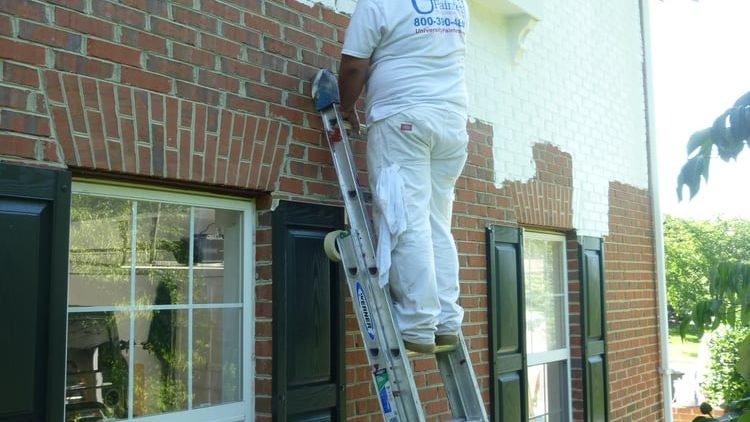

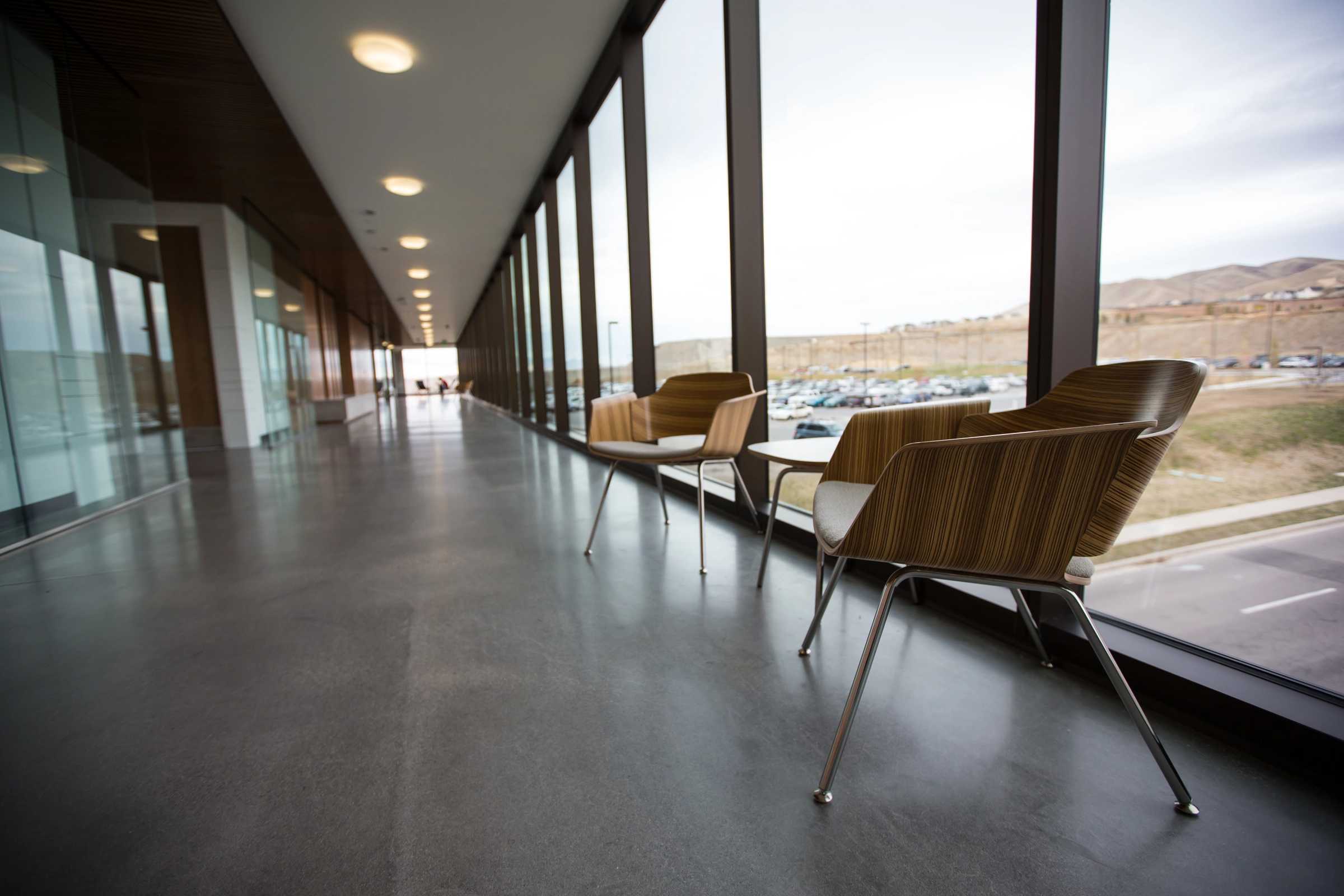
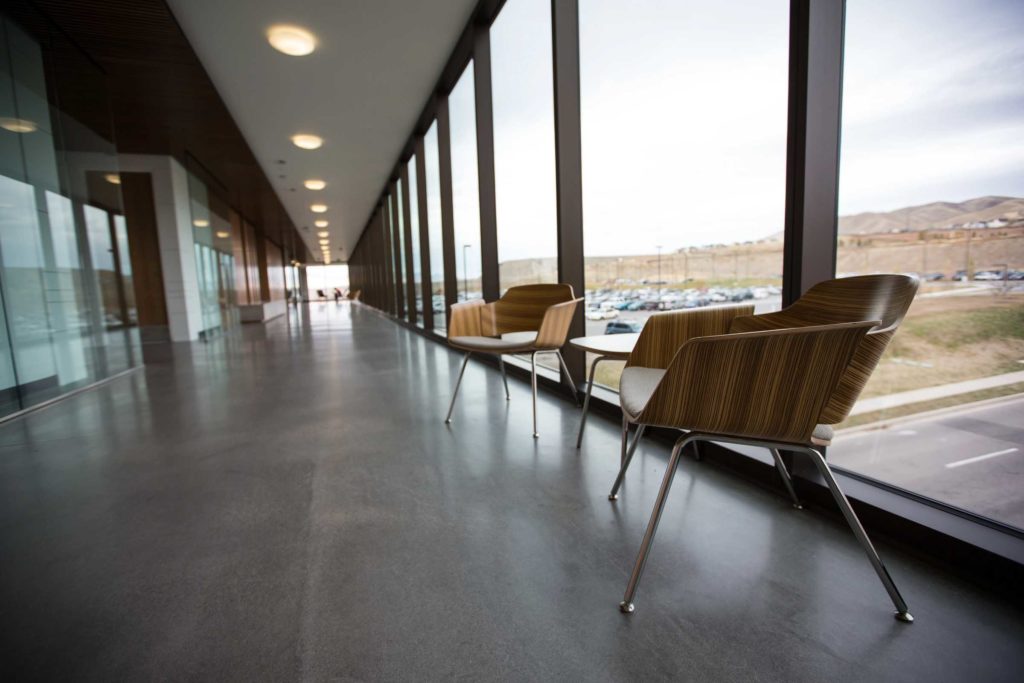 While there are millions of homes in the United States for quality, professional painting companies to stay busy, there are as many businesses that can also use the services of professional
While there are millions of homes in the United States for quality, professional painting companies to stay busy, there are as many businesses that can also use the services of professional 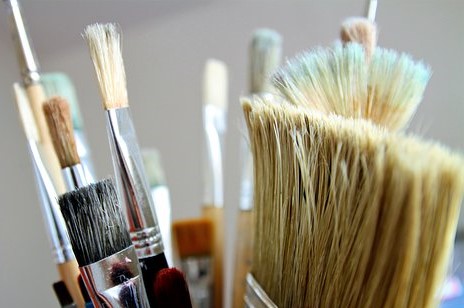

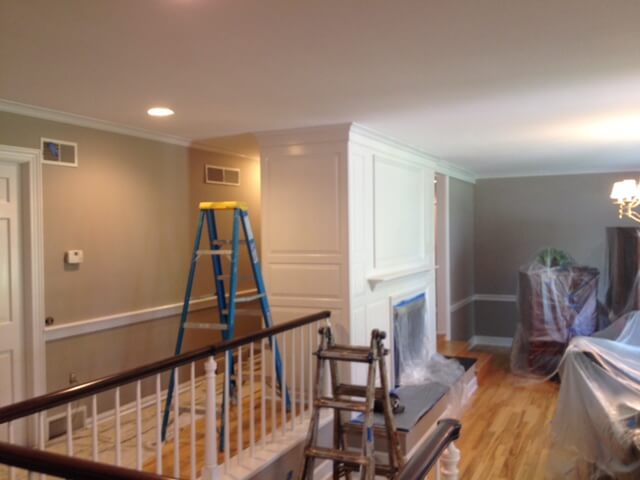 If you’re a homeowner, chances are you’ll have to deal with water damage at some point in the life of your
If you’re a homeowner, chances are you’ll have to deal with water damage at some point in the life of your 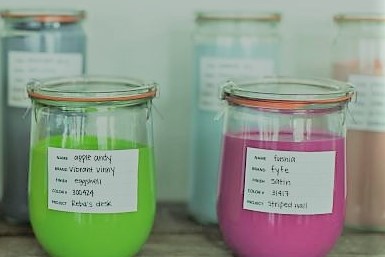

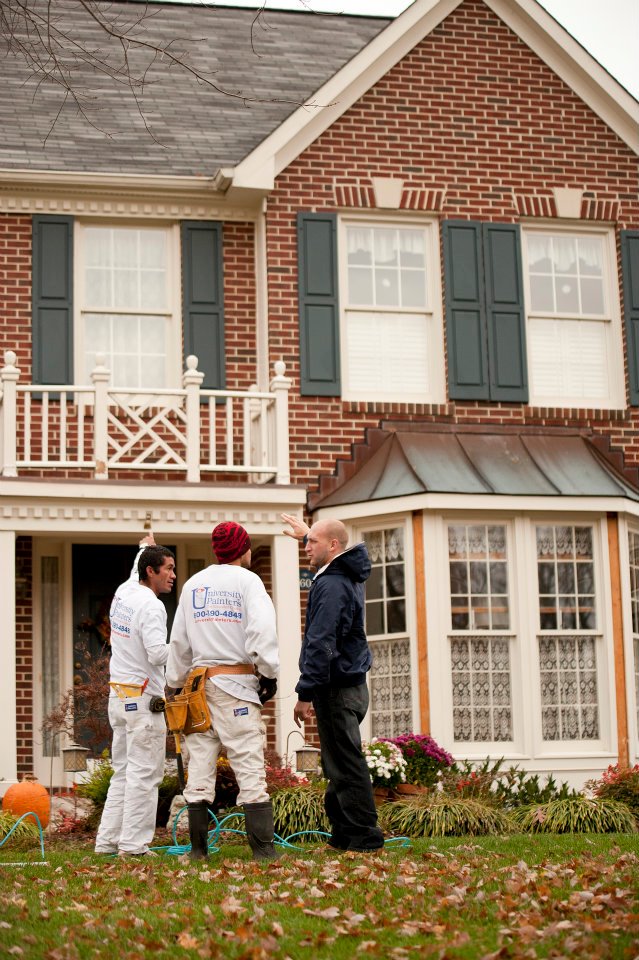 Summer can be a great time to complete home improvement projects, especially if they’re outdoor projects. If you’re thinking about painting your home’s
Summer can be a great time to complete home improvement projects, especially if they’re outdoor projects. If you’re thinking about painting your home’s 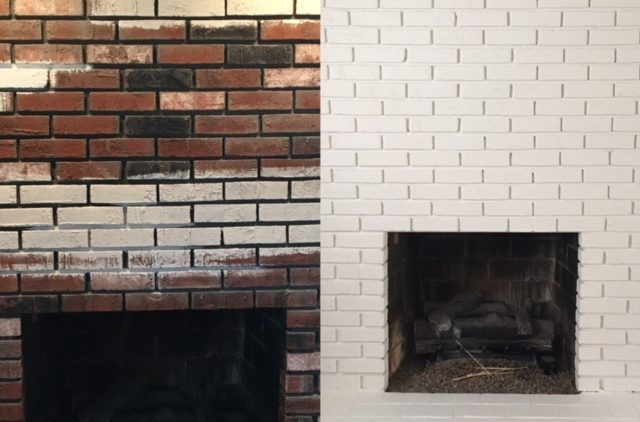
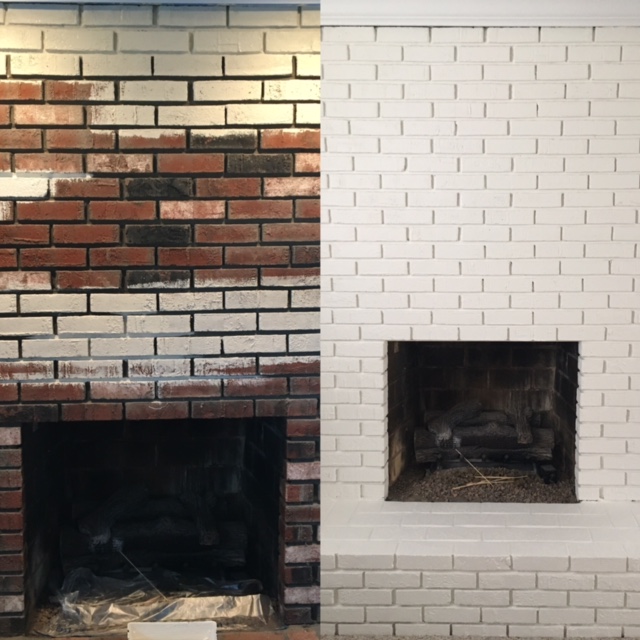 Painting
Painting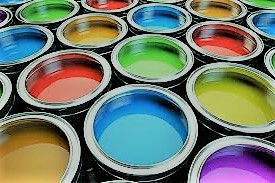
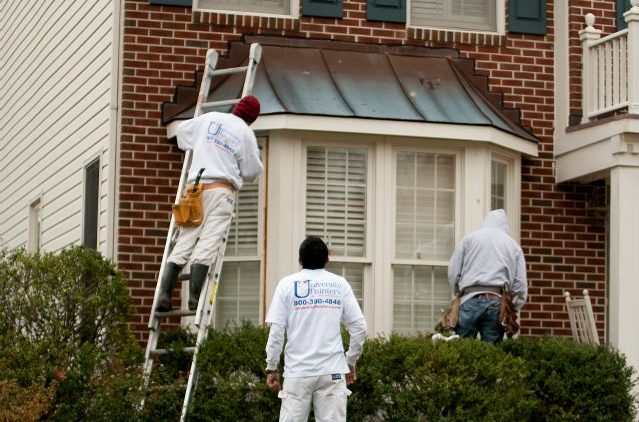
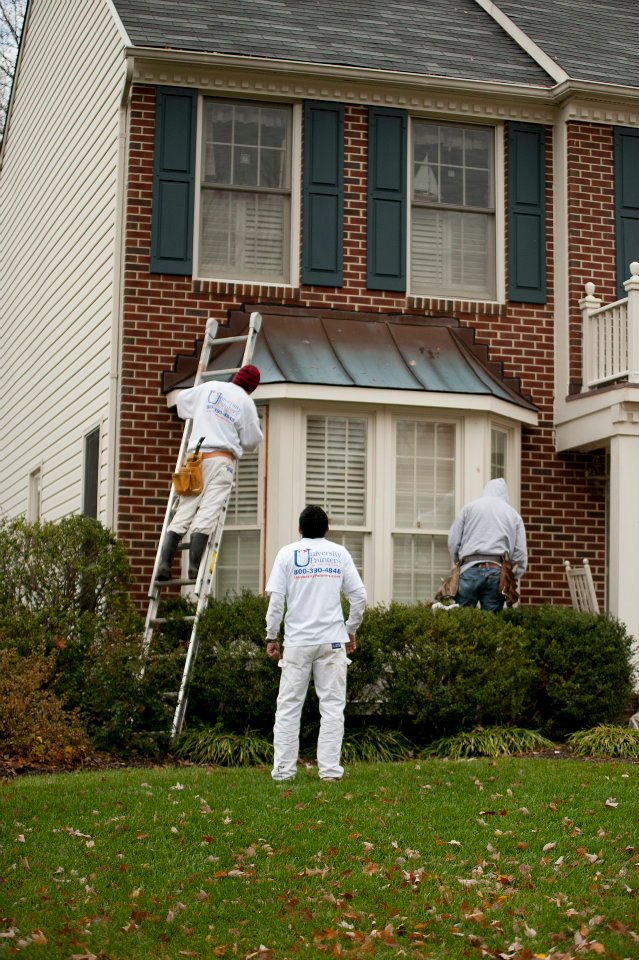 Have you been pulling into the driveway lately and feeling that the house staring back at you seems a bit worn? Is it looking dull? Do the other homes in the neighborhood seem newer and more modern? Perhaps all that you really need is a fresh coat of paint to spruce up the place and make it feel new again – and the same is as true for the inside as outside! Putting a fresh coat of
Have you been pulling into the driveway lately and feeling that the house staring back at you seems a bit worn? Is it looking dull? Do the other homes in the neighborhood seem newer and more modern? Perhaps all that you really need is a fresh coat of paint to spruce up the place and make it feel new again – and the same is as true for the inside as outside! Putting a fresh coat of